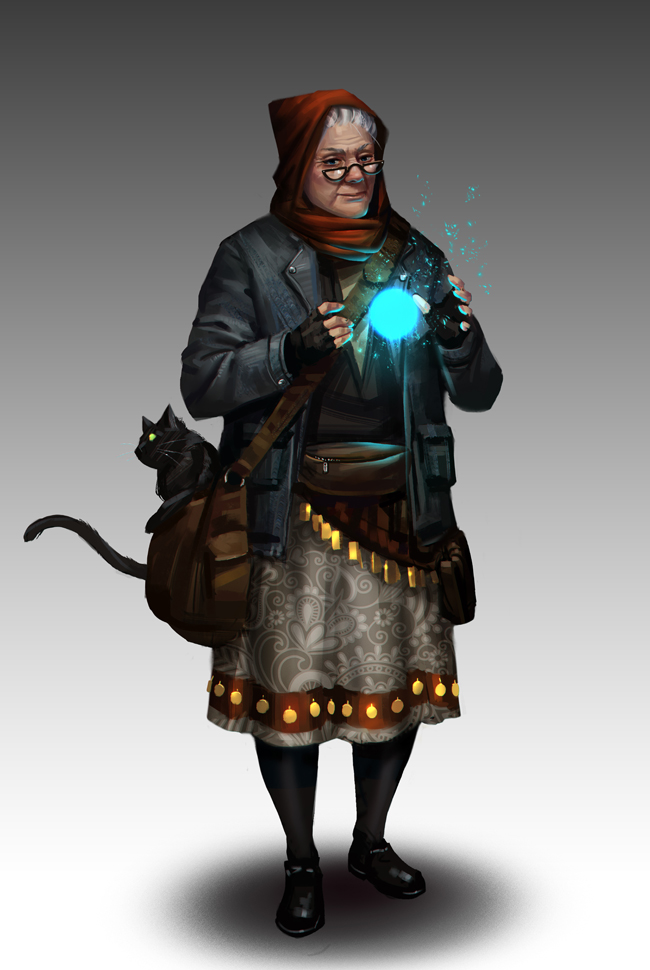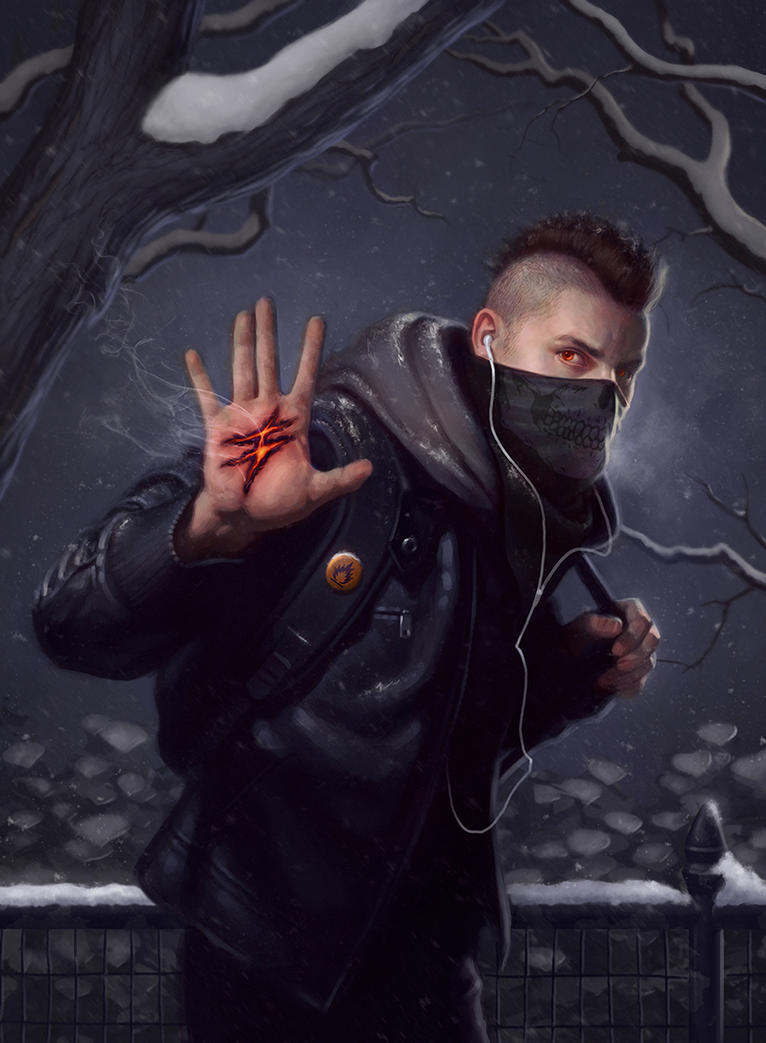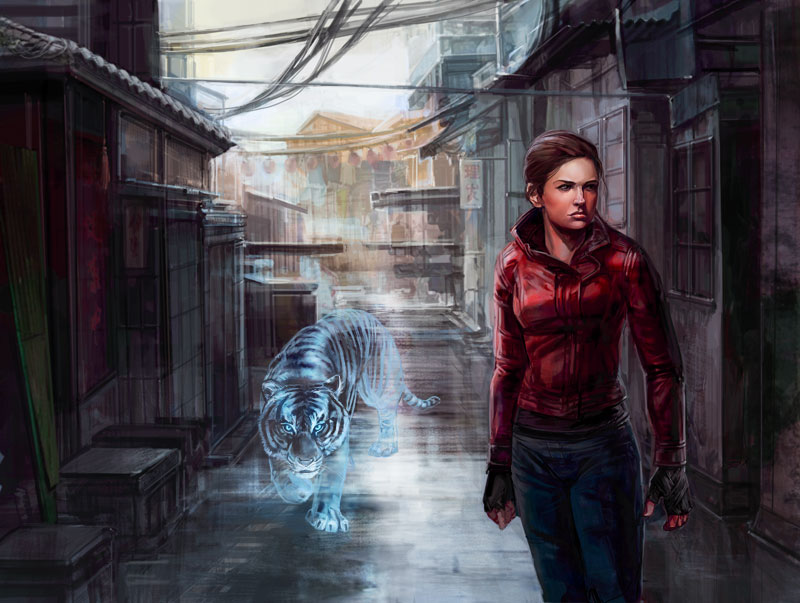During the last few months, I've been pondering how to do low magic settings properly in D&D 5th Edition. I've seen several attempts, but I was not satisfied, because they were not done in the way I wanted. And then it hit me - there is no single low magic. Thus, we got a problem with definitions. So I decided to team up with the Grisly Eye Games to set some terms, accidentally finding out how to do low magic 5th edition D&D settings in the process of doing that.
There are four main types of low magic in the fantasy worlds:
- low power magic
- low frequency magic
- low possibility magic
- low reliability magic
Low Power Magic
Low power magic is the type of magic that can't do things that are too powerful. It's one of my preferred types of magic, where grand things such as conjuring a fortress or summoning demons (depending on how low the author wants to keep the magic) are simply not possible.There is a relatively simple way to do a low power magic setting, and that would be to limit, how many caster levels can the players get. Of course, divide half-caster levels by two and third-caster levels by three while counting. The rest of the levels have to be gained in non-caster class, such as monk, fighter, rogue, or barbarian.
When limiting the number of levels, consider what's the maximum caster level you want your players to gain. Depending on this level, different spell slots will be available to the players. If I were to limit the level of magic but still grant my players spell slots, I would most probably allow 10 caster levels. The 9th level is the moment at which the player gains some interesting spells, such as actual resurrections (that are not too strong and come with drawbacks), geas and modify memory, limited long-range teleportation, and several wall spells. I feel like these are still strong enough to be considered master-level magics by some standards. As for why 10th level and not 9th, some of the caster classes like warlock and wizard gain a subclass feature at 10th level, meaning that it could make for an interesting "caster capstone" of sorts.
Low Frequency Magic
The most common of the low magic setting types I've seen, the low frequency magic aims to limit how regularly does one meet with magic. This could be like the Shire in Lord of the Rings, where it's an event when Gandalf comes around, or like the muggle world in Harry Potter (think the beginning of the first movie, before Harry gets to the Diagonal Alley or Hogwarts). There is a charm to this type of low magic - it makes the magic rare, and mysterious. You either don't know when you're talking to a mage, or everyone knows.How would this be possible is rather easy - set conditions for when a player gets to play someone magical. One good example would be Grisly Eye Games' method of Unique Backgrounds, which are backgrounds that lack a Feature, have an additional Unique Flaw, and let the player play as a race or class normally not allowed in a game. Another example could be gaining the magical powers through a quest, or the magical powers coming at a cost, such as being pursued publicly in a world where magic is forbidden.
Low Possibility Magic
Low Possibility Magic setting is a world, where magic can only be used for a few things. Some examples of this in the popular media would be the Death Note, where the Death Note can essentially only be used to kill people, determine how they die, and control the circumstances of their death (and see the gods of death, but that's not too important now is it), or Avatar the Last Airbender, where magic can be used to control one of the four elements - air, water, fire, earth - and do some other things that I don't think I should mention here.One good thing about Low Possibility Magic is the potential to improve worldbuilding using this magic. Imagine magical elevators that are possible thanks to the telekinesis, or cancellation of lotteries/raffles due to divination magic. The fewer magic there is, the more manageable it is, and the easier it is to include in the worldbuilding. Which is rather difficult with over 400 spells that the 5th edition of Dungeons and Dragons has right now.
The solution to this is to limit which spells the players can and can't pick. Possibly even limit which classes players can pick. Or races. Mainly because this type of magic is all about limitations and how one can use a few things for many situations.
Low Reliability Magic
Last but not least, we have the low reliability magic world. Whether it's just magic that can just fizzle out and not work, or magic that has a chance to open a dimensional rift to the xeno hellscapes, this magic is simply not as well documented as the standard 5e's magic, where when you do a thing, it happens for sure.There are several ways to do this type, but before I go on with that, a fair warning. Players may not like it when their magic doesn't work - whether it's just them expending a spell slot for nothing, or them getting hurt in the process, or their teammates getting hurt in the process and getting angry at the player. This type of low magic should be used with caution, for - just like the magic itself - it can have unpredictable results and may be risky.
So what does one do to make this work? Well, the answer is simple. Roll tables! If I had to call them anything better, I would call them "meta-spells". You can fill these tables with anything - you cast your spell, nothing happens, you conjure an evil monster, you cast maybe a wrong but similar spell or a portal to another dimension opens, ... anything you wish. They can also be of any size you are comfortable with - from d4 to d100, possibly even more or less. Not every cell needs to be different, and if you want your world to work that way, include in some way a possibility to affect the results depending on the caster's level. The easiest way to do that would be to add the caster level to the result and have the table organized from the worst results to the best.
Combined Low Magics
To finish off this article, I'll present the ways in which I'd implement combinations of these low magic types.- Low Power Magic + Low Frequency Magic. The players have to fulfill special conditions to be able to gain caster levels or play as magical races, but they can only gain a certain amount of caster levels, having to multiclass into a nonmagical class for the rest. This is especially good for worlds, where the magic is significant because it's scarce (think Lord of the Rings).
- Low Power Magic + Low Possibility Magic. The players can only gain a certain amount of caster levels, and they have a limited selection of spells. This is especially good for the worlds, where the magic is supposed to be rather obscure and not too useful.
- Low Power Magic + Low Reliability Magic. The players can only gain a certain amount of caster levels, and the magic they use is not even deterministic anyway.
- Low Frequency Magic + Low Possibility Magic. The players must fulfill special conditions for the magic and they have a limited selection of magical options.
- Low Frequency Magic + Low Reliability Magic. The players must fulfill special conditions for the magic options, and the magic they use can have random outcomes.
- Low Possibility Magic + Low Reliability Magic. Only a few spells are known to the people, and even those can have unpredictable outcomes. If combined with high power magic, this could make for an interesting setting where the magic is forbidden because of the risks connected to it.








